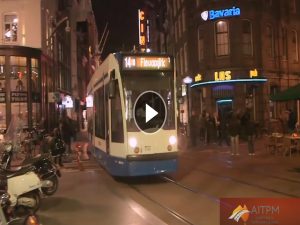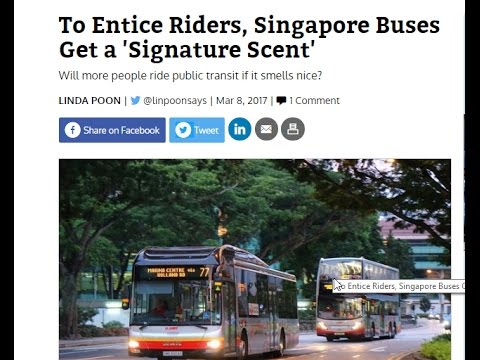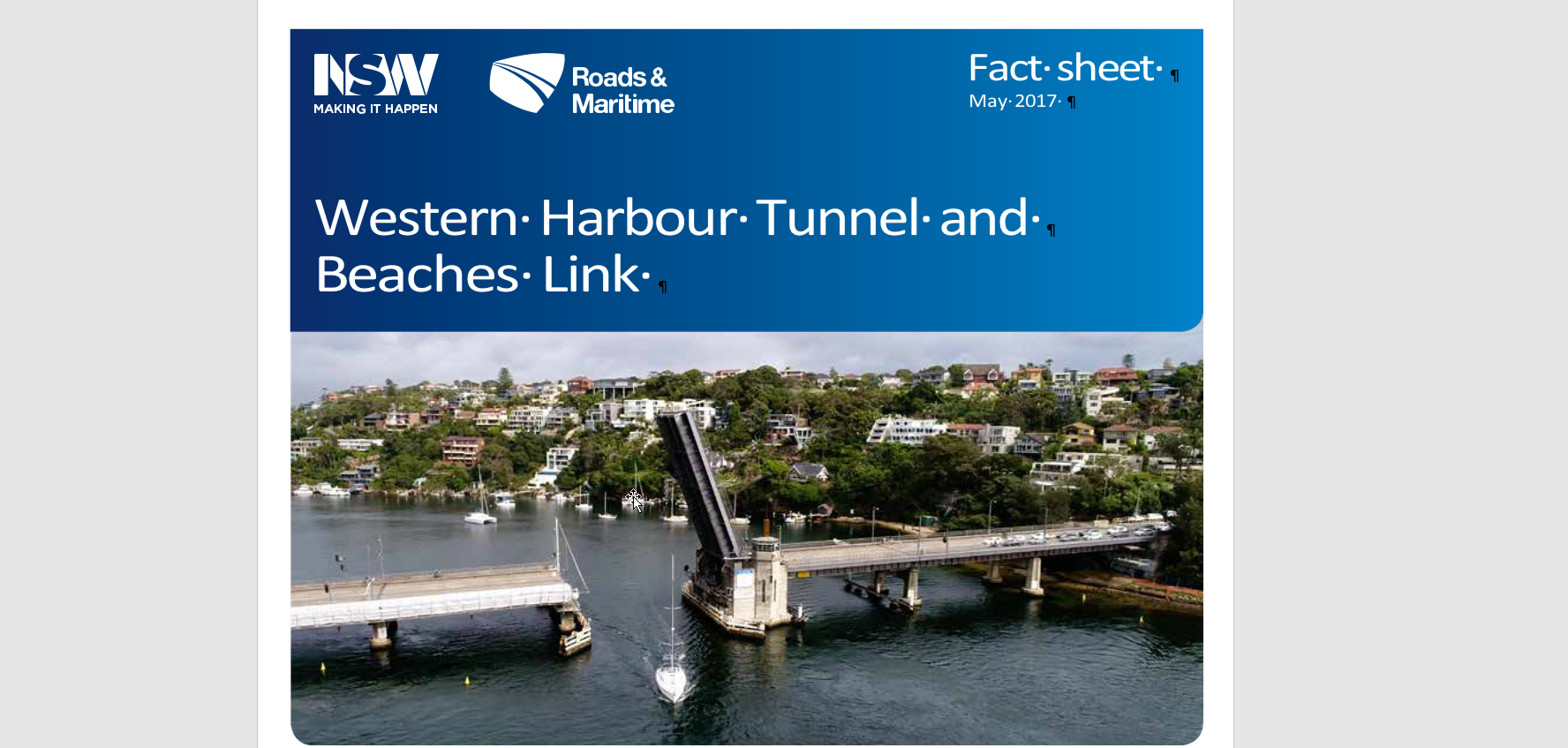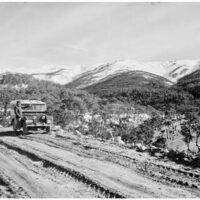 The 24-hour city has some big implications for transport and not just in late night train or bus services.
The 24-hour city has some big implications for transport and not just in late night train or bus services.
If a 24 hour city is to work it needs a comprehensive range of activities and transport systems that recognise the multi-dimensional needs of consumers.
It needs a focused strategy. Mirik Milan has been the Night Mayor of Amsterdam since 2012 and other cities are following suit.
For a start, the 24 hour city is not restricted to the CBD or Kings Cross or St Kilda although equally it is not going to be everywhere.
Safety is a huge issue and compounded when the late-night activity is only considered in terms of alcohol consumption. Diversity of activity is essential to ensure a quantity and assortment of passengers not just a perception that they are all drunks, prominence of staff or security people, lighting and security cameras. These are just some of the measures.
And the climate. We have referred in the past to the paper by prof Graham Currie “Transfer Penalties Vary with the Weather!” but this is not just about rain. The warmth in the carriage is critical at night as much as the air-conditioning is through the day.
And noise is a troubling factor. If we are to build transport corridors to centres in the city that will operate all night we have to include, in the consideration, the impact of noise especially as they travel through suburban areas to get to their destinations.
We have a big role to play in supporting the 24-hour city if we choose to have it.






